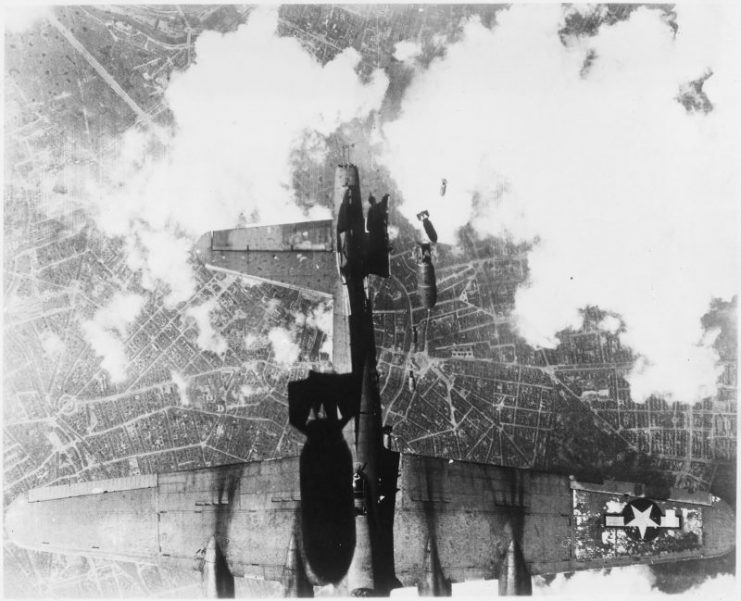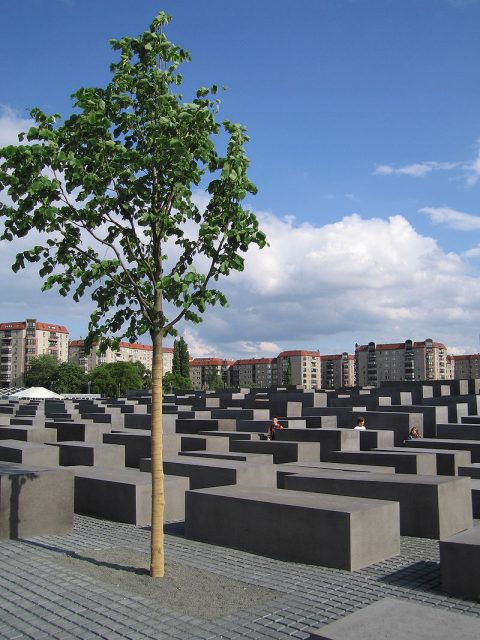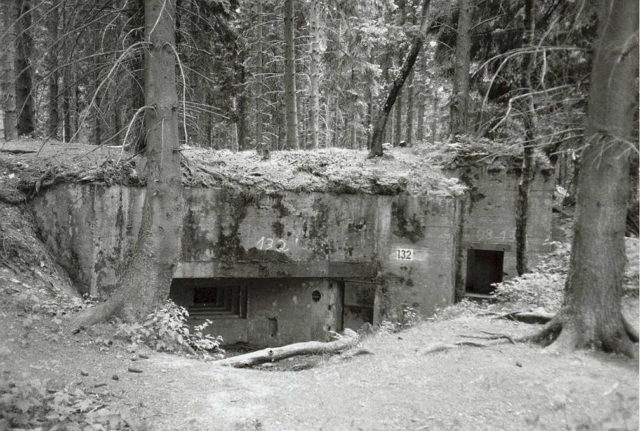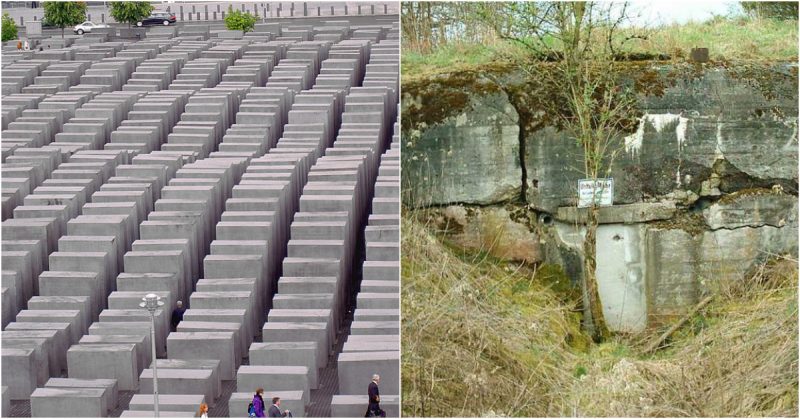There were nearly 200 bunkers built during the war for the protection of German citizens and government staff.
Construction work was halted recently at a building site in central Berlin, Germany when ground probes came up against an unexpectedly thick layer of concrete below the surface, which turned out to be a bunker. The development of 134 new luxury apartments is now on hold while archaeologists and historians investigate the find.

It is thought that the bunker and an associated tunnel are part of the extensive series of interconnected underground facilities built by Hitler in order to protect the upper echelons of the Nazi Party from Allied bombing raids as World War II progressed.
The tunnel has been investigated and found to be some 98 feet long, 6.5 feet wide, and 5.5 feet high. The air inside was described as musty which, as the space has not been opened for 70 years, is not a surprise.

Fungus covers the timber supports, but the rest of the bunker is in reasonably good condition. One door still has the legible word Reichsrundfunk (“State Radio”) on it.
Dr. Karin Wagner of the State Monument Office in Germany confirmed that the tunnel was “access to the bunker of the former Reich Ministry of Food and Agriculture.”
The site was built over after the war when it lay on the East German side of the border. Up to forty percent of the bunker was destroyed during demolition works ordered by East German authorities. Since reunification, the site has remained untouched for 20 years.
An investor from Munich is planning to create 134 apartments on this prime 47,000 square-foot piece of urban real estate. MUC Real Bau has confirmed that the construction work cannot begin until the ground has been made safe. What this means for the archaeological societies interested in the Nazi era remains to be seen.

Historian Dietmar Arnold from the Berliner Underworlds Association has been examining the site and has launched an appeal to the German government to intervene and preserve the bunker for its historical interest. However, Berlin is littered with bunkers built with slave labor from 1943 to 1945, so the likelihood that this particular relic will be preserved is low.
There were nearly 200 bunkers built during the war for the protection of German citizens and government staff. Many were constructed above ground and remain today as huge monolithic blocks towering over streets and houses. They were designed to be entirely bomb-proof and were built up, rather than excavated, for speed and thrift.
While many have been abandoned or demolished, others have remained in use as storage warehouses or nightclub venues. One bunker in Reinhardstrasse in Mitte has been converted into an art gallery on its lower floors with a residential penthouse on the top floor.
Read another story from us: What Would Have Happened to Him if The Soviets Had Captured Hitler?
The above-ground shelters were built to house the general population, but the underground bunkers were for the elite, which is one reason why there is so much interest in this new discovery. The fact that it is so close to the iconic and very popular Holocaust Memorial will likely count against Dietmar Arnold’s campaign.
